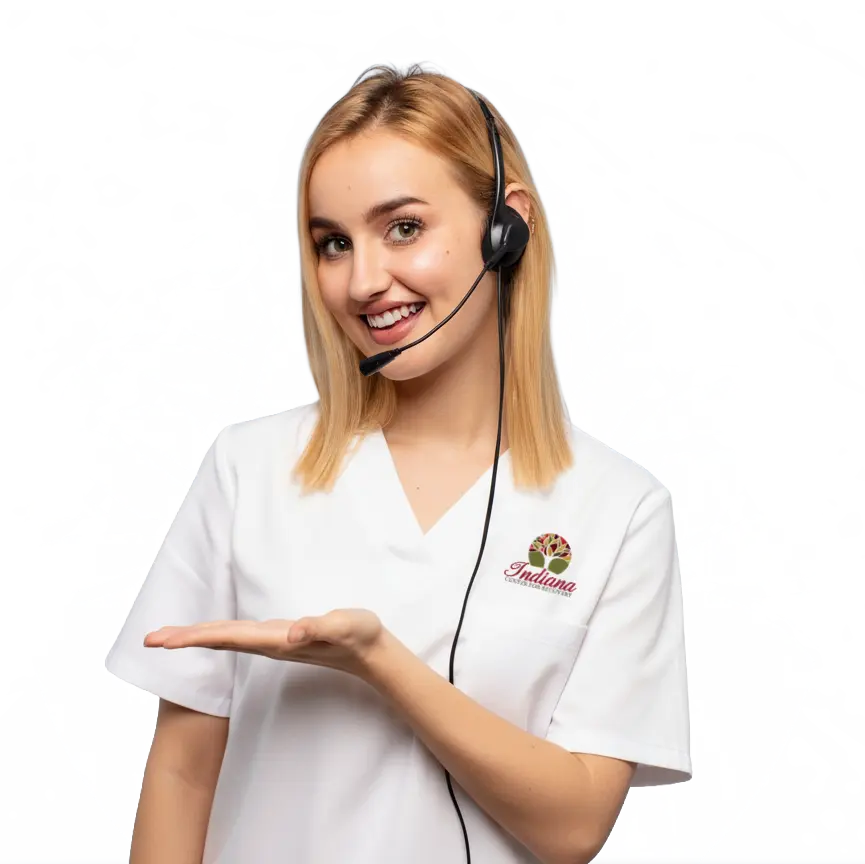
What Is a High Dose of Klonopin?
Clinically Reviewed by:
Klonopin is often prescribed for anxiety, panic attacks, and some seizure disorders. But when misused outside of your doctor’s guidance, Klonopin can quickly become dangerous.
If you’re unsure what counts as a high dose, or you’re concerned about how much Klonopin you or someone else is taking, recognizing the signs of misuse or overdose can help you stay safe and know when to seek help.
What Is Klonopin?
Klonopin (brand name for Clonazepam) is an FDA-approved medication belonging to a class of drugs called benzodiazepines.
Klonopin works by enhancing the effects of GABA (gamma-aminobutyric acid), a neurotransmitter that slows down activity in the brain. By boosting GABA, it calms the nervous system—making it especially helpful for people with overactive brain activity or high stress levels.
Klonopin is usually taken as a tablet once or twice a day, depending on the person’s needs.
How Is Klonopin Dosage Determined?
Klonopin isn’t a one-size-fits-all medication. The appropriate dosage depends on each person’s medical history, symptoms, and how their body responds to the drug.
Doctors look at several factors when prescribing a dose, including:
- Age and weight
- Other medications you’re taking
- The condition being treated (such as anxiety or seizures)
- Any history of mental health issues or substance use
Most people start with a low dose—about 0.25 to 0.5 mg per day. The dose may be increased slowly until symptoms are better controlled.
What Is Considered a High Dose of Klonopin?
For most adults, taking more than 4 mg of Klonopin per day is considered a high dose. Some people may reach this level with close medical supervision, but increasing your dose without your doctor’s guidance can be dangerous.
Taking Klonopin becomes potentially harmful in the following situations:
- You combine Klonopin with alcohol, opioids, or other sedatives
- You borrow or buy Klonopin that wasn’t prescribed to you
- You continue increasing your dose over time without medical supervision
- You use it to self-medicate for stress, sleep, or emotional numbness rather than for its prescribed purpose
- You take more than prescribed or more frequently than prescribed (multiple times a day instead of once or twice)
These patterns raise the chance of serious side effects, physical dependence, and overdose—especially when other substances are involved.
Risks and Side Effects of High Doses
Taking too much Klonopin can affect both your body and your brain. The side effects may be short-term or build gradually with continued use.
Short-term effects may include:
- Extreme drowsiness or fatigue
- Slurred speech or trouble focusing
- Confusion or slowed thinking
- Poor coordination and delayed reflexes
Over time, high doses can lead to long-term side effects like:
- Memory problems
- Emotional numbness or mood swings
- Physical dependence and withdrawal symptoms
- Greater risk of overdose, especially when combined with alcohol or other depressants
Signs of Klonopin Overuse or Abuse
Overusing or abusing Klonopin can start with small changes. You may be misusing Klonopin if:
- You take more than prescribed to feel calm or in control
- Your usual dose doesn’t have the same effect anymore
- You feel uneasy, anxious, or physically unwell when you try to cut back
- You run out early or take more than you’re willing to admit
- You need it just to feel “normal”
What to Do If You’ve Taken Too Much Klonopin
If you’ve taken more Klonopin than prescribed, or if someone else may be overdosing, don’t wait. Act quickly.
- Call 911 if someone is unresponsive, having a seizure, or struggling to breathe.
- Go to urgent care or contact your doctor if you think you’ve taken too much—don’t wait for symptoms to appear.
- Call Poison Control at 1-800-222-1222 if you’re unsure of how serious things are. They’ll assess your situation and advise you on next steps.
Other important steps to take include:
- Staying awake. If you fall asleep after taking too much Klonopin, your breathing can slow to dangerous levels—and if no one is around to monitor your safety, that can be fatal.
- Being honest with medical providers. Tell them exactly how much you took and when.
- Following up. Overuse or overdose may signal that your treatment plan needs adjustment. Talking with your doctor can help prevent it from happening again.
When in Doubt, Speak to a Professional
If you’ve become dependent on Klonopin or other substances in order to feel normal, it’s time to take back control over your life. With the right support, you can get back to feeling like yourself again—and take steps toward real stability.
At Indiana Center for Recovery, our team of compassionate professionals specializes in helping people safely break the cycle of addiction. We offer personalized treatment plans with 24/7 medical oversight, therapy, and ongoing support to help you build a healthier, more stable life.
You can regain control of your life—without being dependent on substances. If you’re ready to take the next step, contact Indiana Center for Recovery today.
Help for Klonopin Addiction at ICFR
Taking more than 4 mg of Klonopin per day is considered a high dose, and misusing this benzodiazepine can quickly lead to physical dependence, dangerous withdrawal symptoms, and overdose—especially when combined with alcohol or other depressants. If you or a loved one is struggling with Klonopin abuse or dependence, professional treatment is essential to safely detox from benzodiazepines and address the underlying anxiety or mental health conditions that may have led to misuse. At Indiana Center for Recovery, we understand that Klonopin addiction requires specialized medical care, and we provide comprehensive treatment programs designed to help you safely overcome benzodiazepine dependence and build a healthier life.
Medically supervised detox programs are critical for Klonopin addiction, as benzodiazepine withdrawal can cause severe symptoms including seizures, hallucinations, and life-threatening complications if not managed properly. Following detox, intensive residential treatment provides 24/7 medical support and structured therapy, while flexible outpatient treatment services offer ongoing care for those maintaining daily responsibilities. Our comprehensive addiction treatment programs address benzodiazepine dependence through evidence-based approaches. Since Klonopin is often prescribed for anxiety and panic disorders, our integrated dual diagnosis treatment addresses both benzodiazepine addiction and co-occurring mental health conditions simultaneously, using mental health treatment to support comprehensive recovery.
You can regain control of your life without being dependent on Klonopin. We offer treatment centers across Indiana where you can access specialized benzodiazepine addiction treatment programs with 24/7 medical oversight designed to help you safely overcome Klonopin dependence. Our compassionate team provides personalized treatment plans that include therapy and ongoing support to help you build a healthier, more stable life without benzodiazepines. Call us today at (844) 650-0064 to learn more about our Klonopin addiction treatment options and take the first step toward recovery.






 100% Confidential
100% Confidential